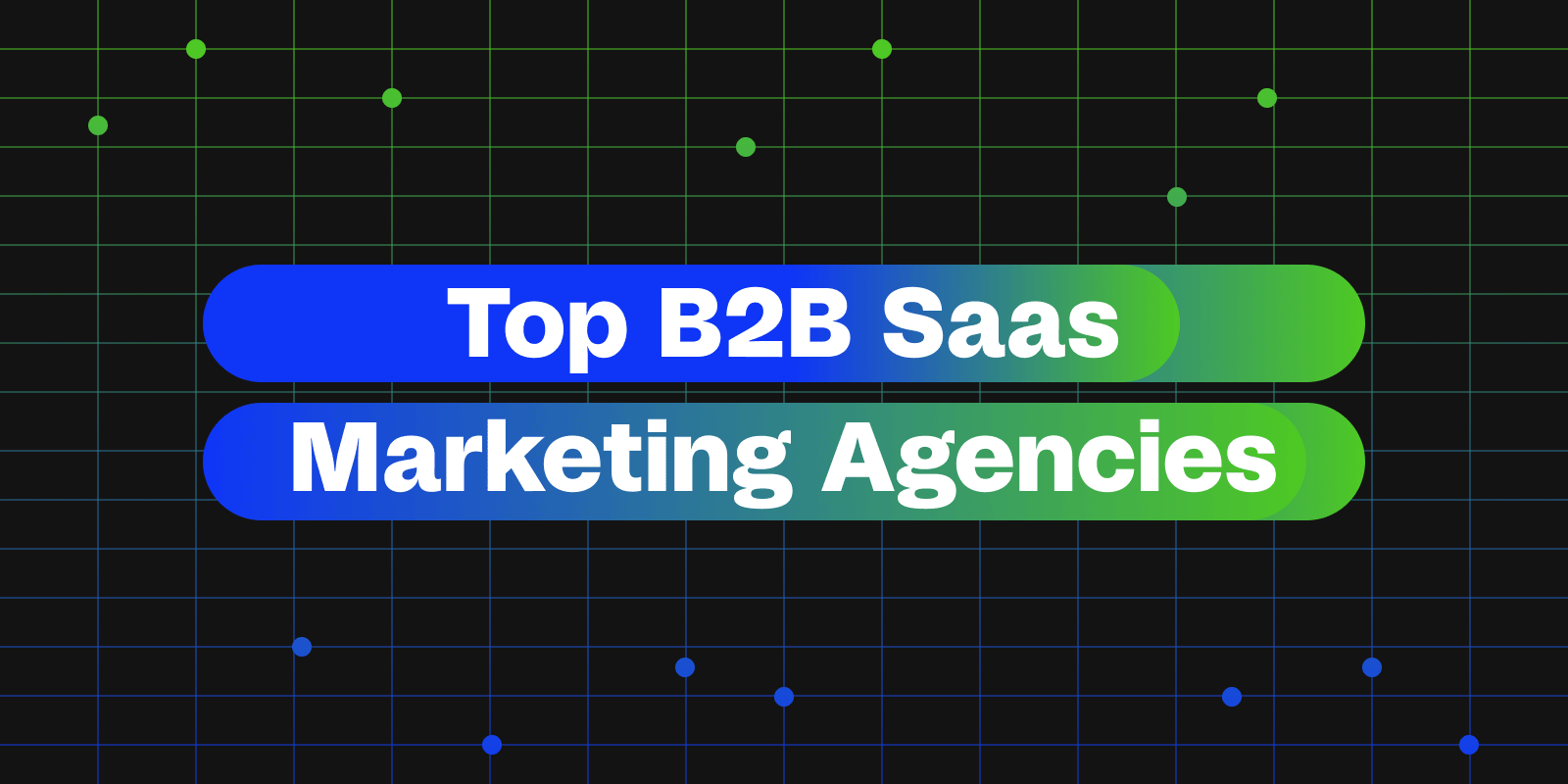If you are creating an app, website, or digital service, you know the importance of maintaining a positive user interaction with your product. Retaining happy users is what drives the revenue and growth of your business.
However, retaining users is becoming increasingly difficult as individuals can compare your product with many competitors. With so many options, people can easily switch between products if they don’t feel a strong connection to one. That’s why it’s important to make sure those who choose your product stick with it and don’t feel the need to look elsewhere.
User retention is more than just a metric; it’s a strategy to gain and maintain happy customers. The metric is simply the data you use to determine if your product is providing users with the tools they need, but it doesn’t stop there. What keeps users coming back is the experience they can only get with your product.
That’s where your strategy comes in. You want to leverage your features to create that one-of-a-kind experience that hooks the user, evoking a sense of connection and loyalty to your product.
Here’s what we’ll cover in our comprehensive article:
- What is user retention?
- The 3 stages of user retention
- What drives user retention?
- How do you measure retention, churn rates, and repeat purchases?
- What is a good user retention rate?
- 9 Strategies to improve retention rates
What is User Retention?
User retention is the number of people who interact with a product or service over a period of time. Measuring user retention helps brands understand how much value they are providing to users.
Retention rates can be measured monthly, quarterly, or annually, allowing brands to choose the most suitable time frame. User retention can encompass all product usage or focus on specific features.
What Is Meant by Customer Retention?
Customer retention refers to the number of people who continue to buy your products and services over a set period. It can be used to track the percentage of individuals who renew their subscriptions to your digital service or to measure the amount of customers who regularly re-order your products from your website. A high customer retention rate signifies customer satisfaction and loyalty to your products.
Customer Retention vs User Retention
User retention measures the number of individuals who regularly login and interact with your product, while customer retention specifically refers to individuals who have paid to use your product.
Customer and user retention rates are key metrics in determining how your product is performing. Measuring them can help you understand which features deliver the most value, and thus, are worth paying for. This is especially important if you offer a “freemium” subscription service, as it allows you to track the percentage of users who upgrade or downgrade their plans.
User Retention vs Churn
User retention refers to the percentage of users who continue to use your product over a set period. Inversely, churn rates refer to the percentage of users who have discontinued the use of your product.
For example, if you start with 100 users and 40 users delete their accounts, you are left with 60 remaining users. Your retention rate is 60% and your churn rate is 40%.
Retention and churn rates are inverses of each other, so it’s not always necessary to calculate both as they ultimately tell you the same information. The rate you decide to measure will depend on your specific goals.
The 3 Stages of User Retention
The stages of user retention are user onboarding, activation, and habitual use. Each phase of the user journey is equally important in maintaining high retention rates.
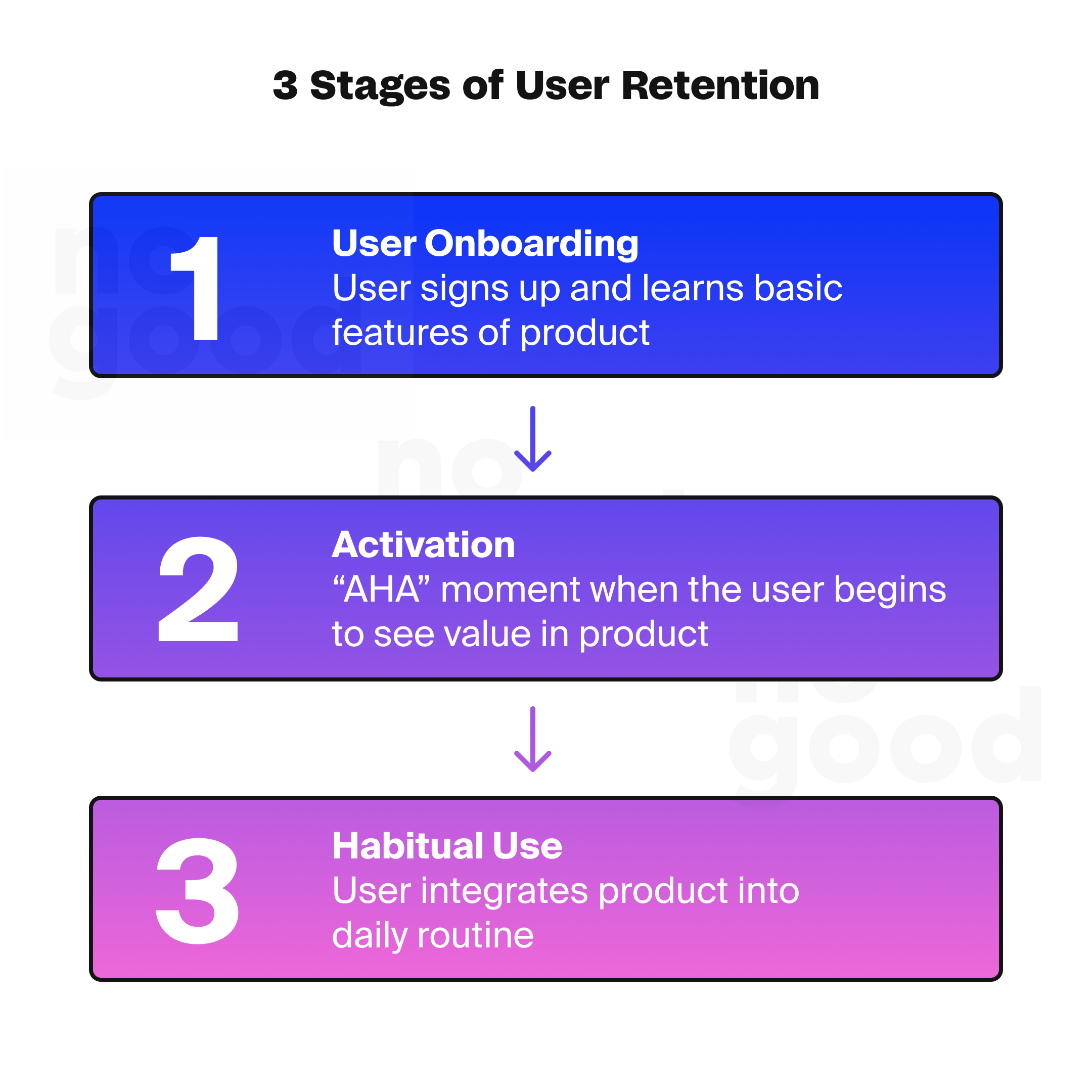
1. Onboarding
The onboarding process is when the user obtains your product and makes an account. During this stage, the user will learn the basic features of your product and customize it based on personal preferences.
2. Activation
Activation is the “AHA” moment when the user begins to see value in your product and identifies how the product can be used to improve daily life. It is crucial to deliver value as quickly as possible to ensure the user continues to use your product.
3. Habitual Use
Habitual use is the final stage of retention when the user forms a habit with your product and integrates it into their routine. At this stage, the user understands your product’s key features and how to use them to improve their daily life.
What Drives User Retention?
User retention is built on the strategies used to create a unique user experience. It is driven by many factors, such as quality, brand loyalty, value for money, simplicity, personalization, usefulness of the product, and ease of use.
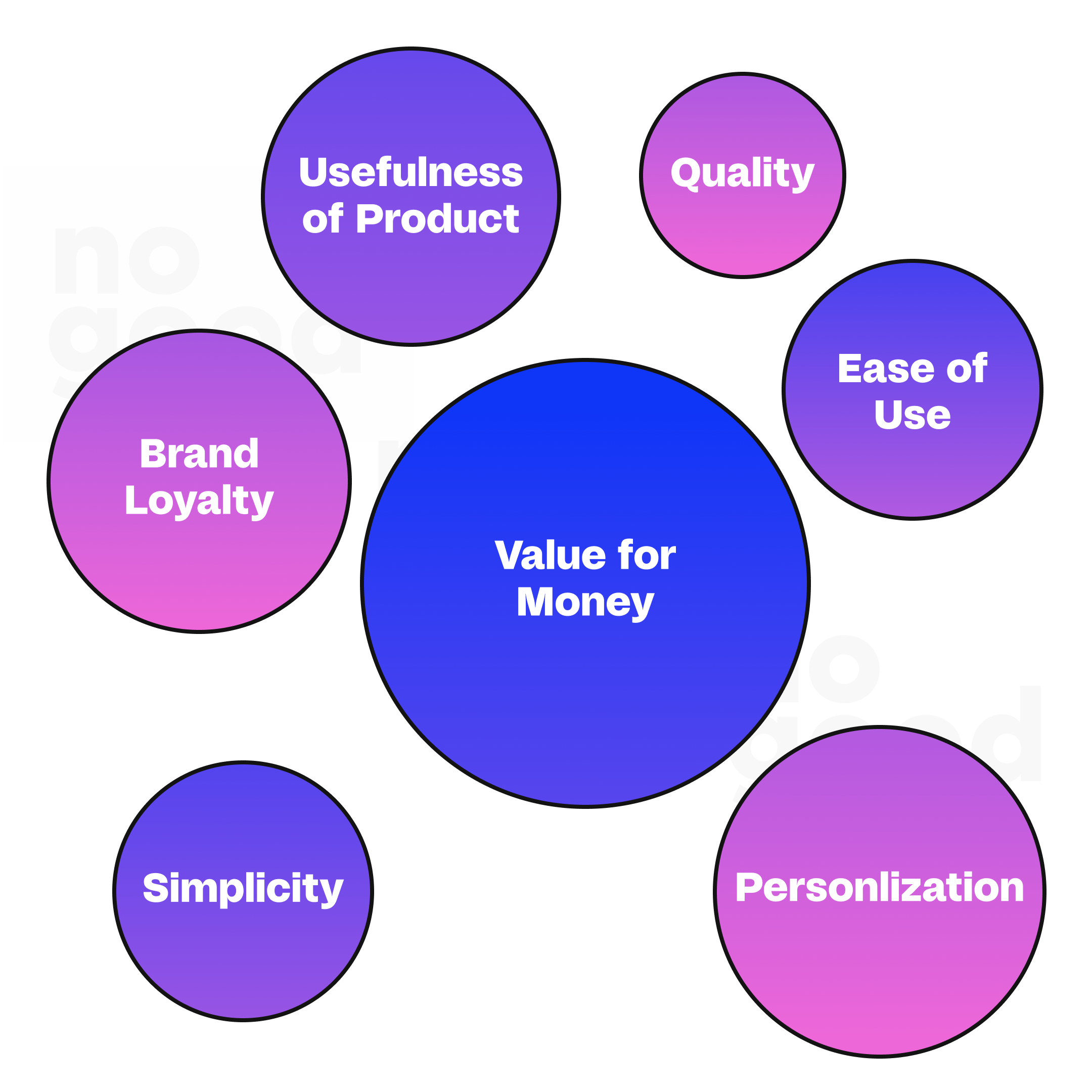
Quality
A great product starts with high-quality features displayed with responsive design. To create a user experience that stands out, you need tools that deliver impeccable results.
Brand Loyalty
A strong brand creates an authentic experience for the user that they can’t get anywhere else. Foster connection by creating unique features that appeal to your target user’s persona and behavior.
Value for money
Users want to feel like they are getting what they pay for. Products should be priced according to the results the user can gain from using them. A product with a high price tag needs to offer specialized tools that can’t be accessed for a lower price somewhere else. If you’re questioning the pricing of your product, check in with users to understand how they feel about the value of your features.
Simplicity
A simple layout, free of unnecessary visual clutter, allows your product’s key features to stand out. Users will be able to access your tools more easily, leading to a positive overall experience.
Usefulness of product
The usefulness your product offers is a determining factor for whether or not users will be retained. Show the value of your product early on by highlighting the results users will obtain by using your tools.
Personalization
If users can customize their product to suit their individual needs and preferences, they will find using your product to be an enjoyable experience. Allow users to explore what works best for them.
Ease of use
A product that is easy to use is accessible to more people. If the tools your product offers are more straightforward than your competitors, users will not feel the need to try out other products.
How Do You Measure Retention, Churn Rates, and Repeat Purchases?
To start, you should determine a set time frame to measure; 30-days is a good guideline as it is the time frame used in many of the benchmarks for different industries.
During this period, you will track all user activity, including user gains and losses. After the period ends, you will be able to calculate your retention rates and determine how your product performed.
Measuring Retention Rate
To calculate the retention rate, you will need the following data:
- The total number of users at the end of the period
- The number of users who signed up during the period
- The number of users at the start of the period
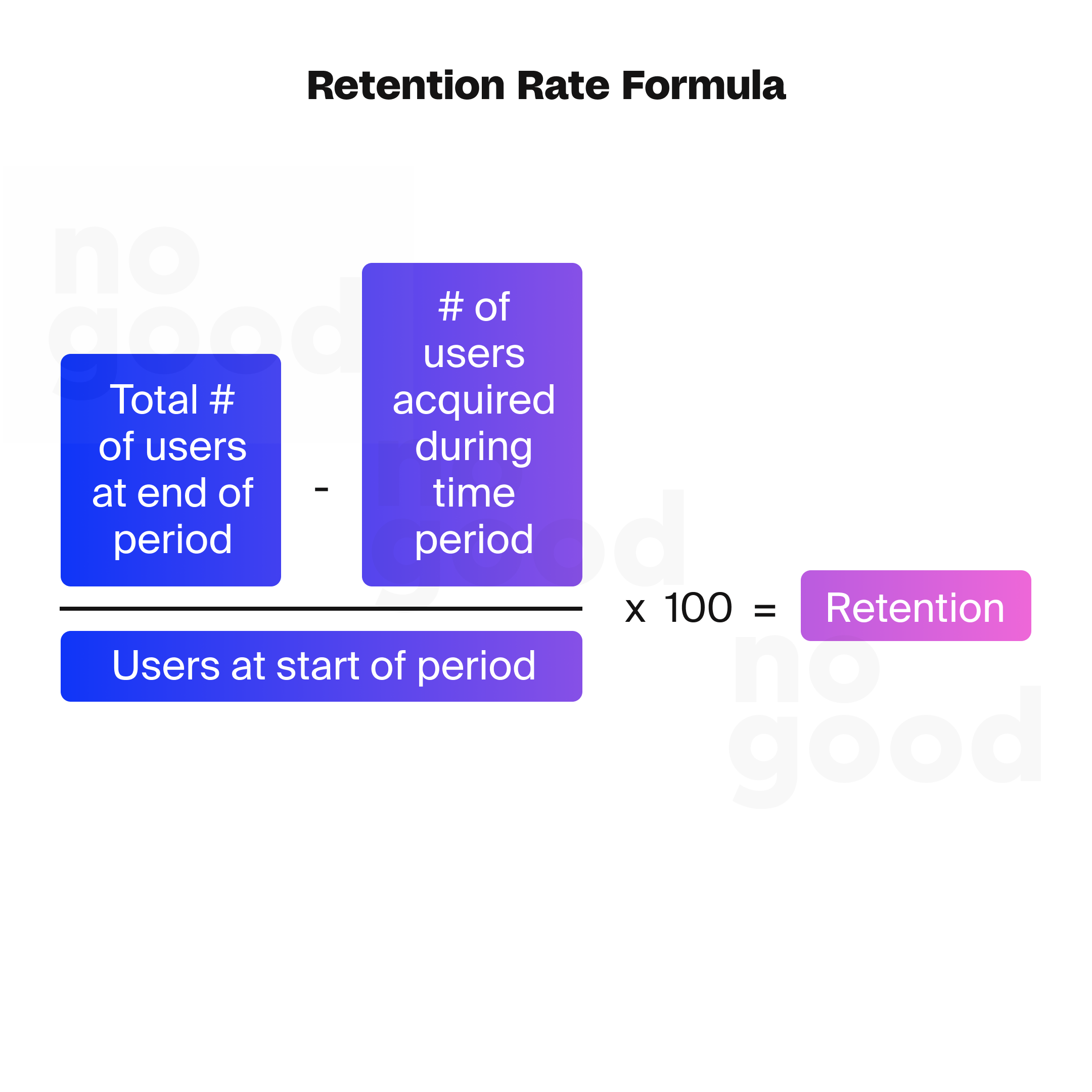
Here’s an example:
An app starts with 100 users after its release. It loses 40 of them but gains 20 new users during the same period:
Retention = ((80 – 20) ➗ 100) X 100) = 60%
Calculating Churn Rate
To calculate the churn rate, you will need the following data:
- The number of users lost throughout the period
- The total number of users at the start of the period
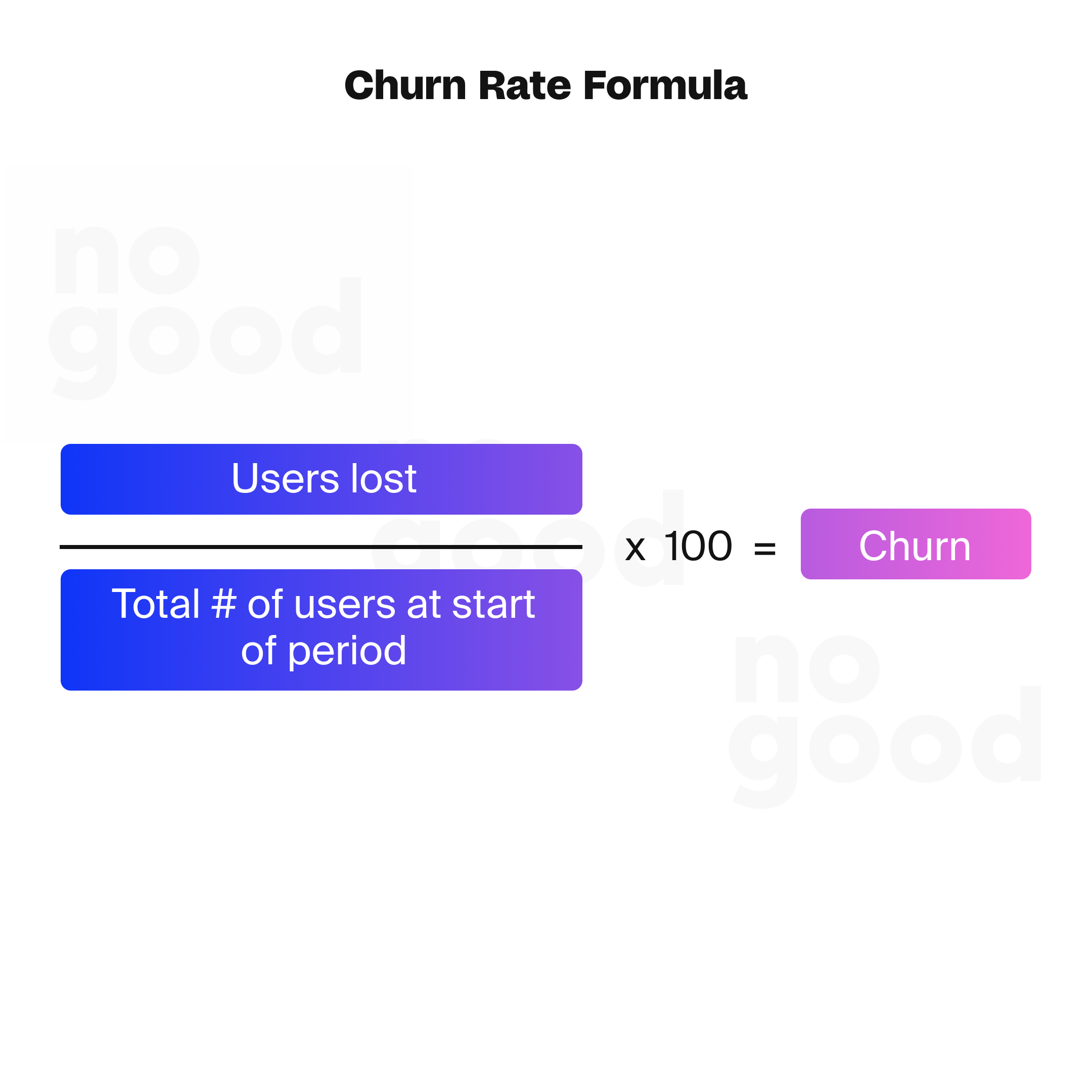
Example:
Your app starts with 100 users and loses 40 by the end of the period:
Churn = (40 ➗100) X 100 = 40%
Calculating Repeat Purchases
To Calculate the Repeat Purchase Rate, you will need the following data:
- The total number of customers in the period
- The number of customers who have made a purchase previously
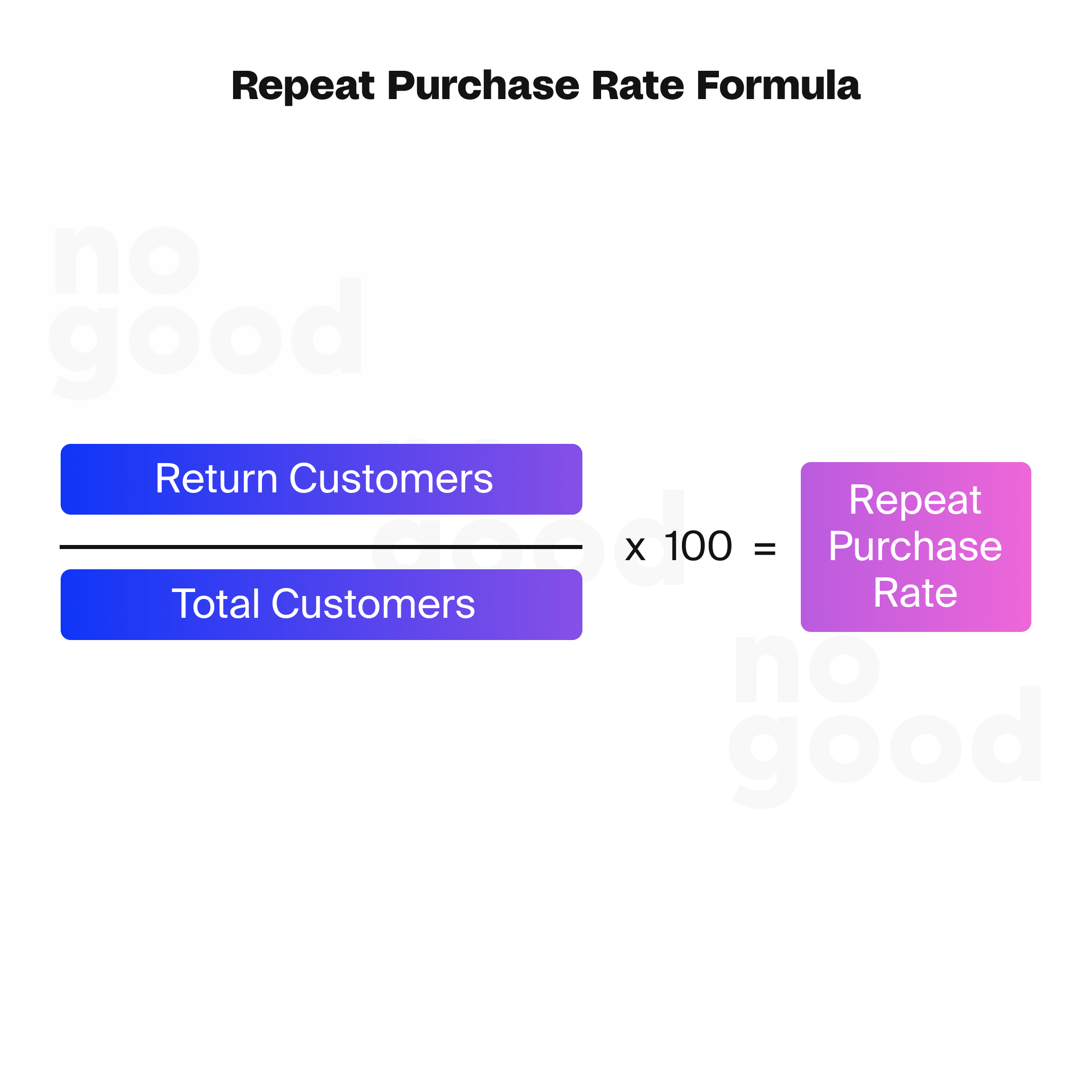
Example:
100 customers purchased products from your website this month, and 7 of them also purchased a product from you last month:
Repeat Purchase Rate = (7 ➗ 100) X 100 = 7%
What Is a Good User Retention Rate?
It is difficult to determine what a “good” user retention rate is because it varies significantly by industry, type of product, and company age.
Mobile apps have a general average of 5.6% retention, with News and Magazine apps being the highest at 9.1%.
For a new product, retention rates should be compared to similar products or services within the same industry. Existing products can be compared with previous retention rates for that product and similar products from competitors.
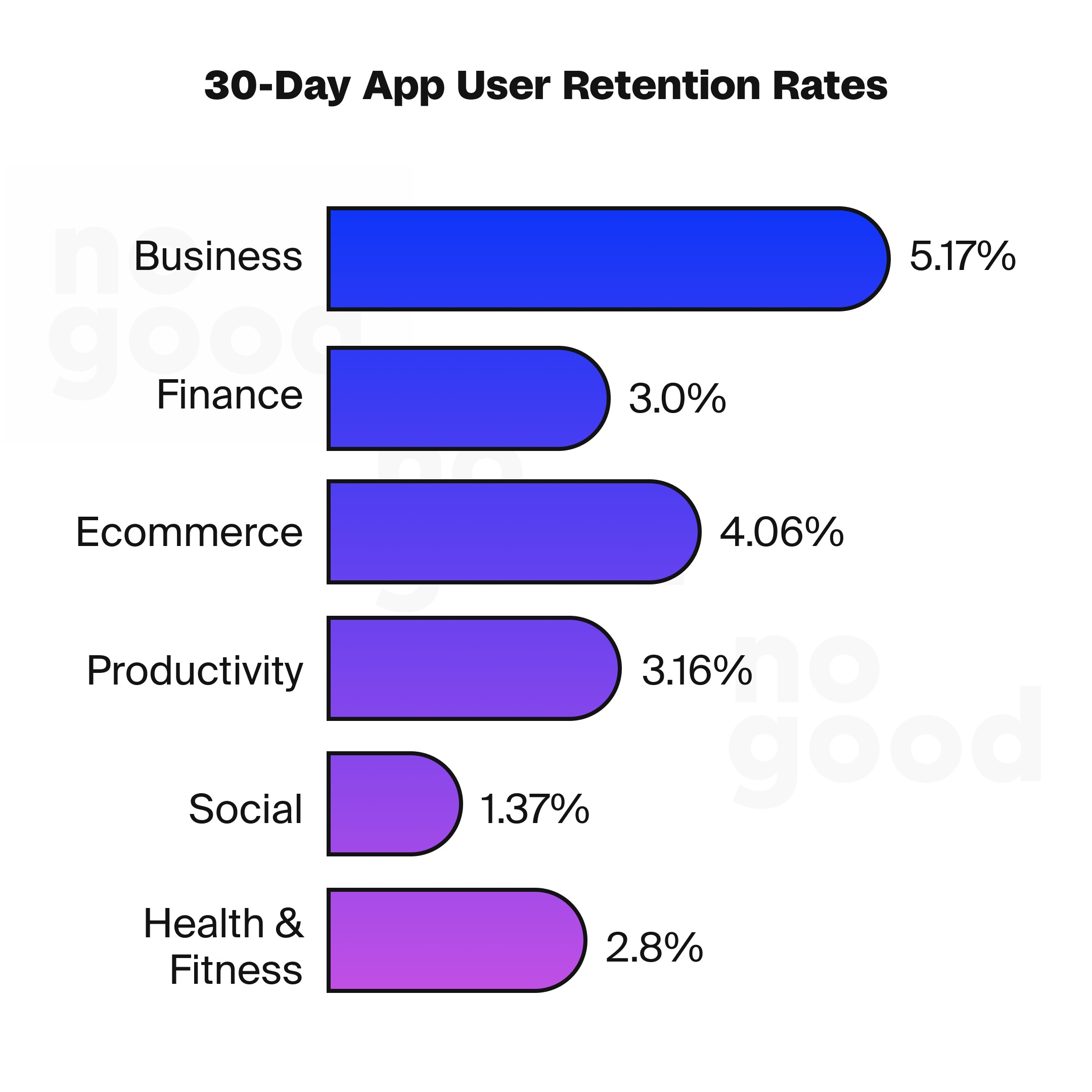
9 Strategies to Improve Retention Rates
1. Simplify the Onboarding Process
The onboarding process should be as simple as possible to encourage the user to continue using your product. If it takes too long to set up an account or to understand basic features, the user is much less likely to return. A quick and easy sign-up process allows the user to see the value of your product early on, value in your product early on which keeps them coming back.
2. Create a Customizable Experience with UX Design
Working with a developer to create a personalized experience will allow the user to integrate your product into their routine more seamlessly.
- Empathize with your users and create features that solve a problem for them.
- Conduct usability testing to identify features that can be improved for an overall more positive user experience.
- Tailor your product to the personas of your target audience
- Enable responsive design features to mesh with the user’s unique behavior
3. Show Value Early On to Encourage Habitual Use
The more quickly users see value in your product, the higher your retention rates will be. If the user can easily identify key features they can use to improve their life, they are likely to integrate your product into their daily routine.
- Give users a tutorial on how to use your product’s unique features.
- Let them know they can personalize their product and make it easy to do so.
- Offer 24-hour support to answer any questions the user may have as they learn how to use your product.
- Add gamification features to make the experience of using your app entertaining
4. Obtain User Feedback to Improve Key Features
Surveys and reviews can help you identify what is going well and what needs improvement. They allow you to understand the user better so you can update your product to better suit their needs. If a user deletes their account or cancels their subscription, follow up to find out why they left.
5. Analyze Retention and Churn Rates
Retention and churn rates are key indicators of how your product is performing; analyze them to understand which features are working and which aren’t. If you notice a drop in user retention after releasing a new update, then you’ll know you need to conduct user testing to figure out what users didn’t like. By tracking retention and churn, you’ll know if and when users decide to change their usage habits.
6. Send Notifications to Prompt Users to Interact with the Product
Sending push notifications is an effective way to remind users of your product, announce new features or product releases, and prompt users to interact with your product. An intuitive notification based on the user’s behavior can catch their attention and persuade them to interact with your product. By gently reminding the user of your product, you create new engagement at times when the user isn’t planning to interact.
7. Use Product Analytics to Identify Areas for Improvement
Conducting product analytics allows you to identify pain points and minimize or eliminate them to make the user’s experience as seamless as possible. If the user can’t find what they are looking for, they will leave your product and look for it somewhere else.
8. Maximize User Engagement by Creating a Sticky Product
Leverage user engagement strategies to maximize user interaction with your product. A sticky product hooks the user and becomes an essential part of their daily routine. Once users pick up your product, they won’t be able to put it down. There is no need to look elsewhere because your product already provides everything they need, all in one place.
A sticky product will:
- Implement gamification of key features to hook users and encourage them to return.
- Encourage users to connect with their friends by adding social sharing features. This will increase interaction with current users and promote your product to new audiences.
- Allow users to personalize their product to their unique preferences.
- Send push notifications to reel users back in after they have been inactive.
- Recommend tailored content to maintain habitual use.
9. Source a Helpful Customer Support Team
Problems are inevitable, even if you’ve created a top-notch product. That’s why it’s important to have an immediate response to the user’s inquiries. Customer support is the primary force keeping the user happy after they have encountered a problem with your product. Ensuring your customer support team is patient, helpful, and efficient shows the user they can rely on your team to solve any problems that may arise in the future. This builds trust in your services and loyalty to your brand.
Ultimately, retaining users comes down to whether or not people are happy with your product. These strategies can help you create an experience that will attract users and keep them hooked. By understanding how to measure retention and leverage strategies to improve it, you can create a profitable business with a loyal user base.



